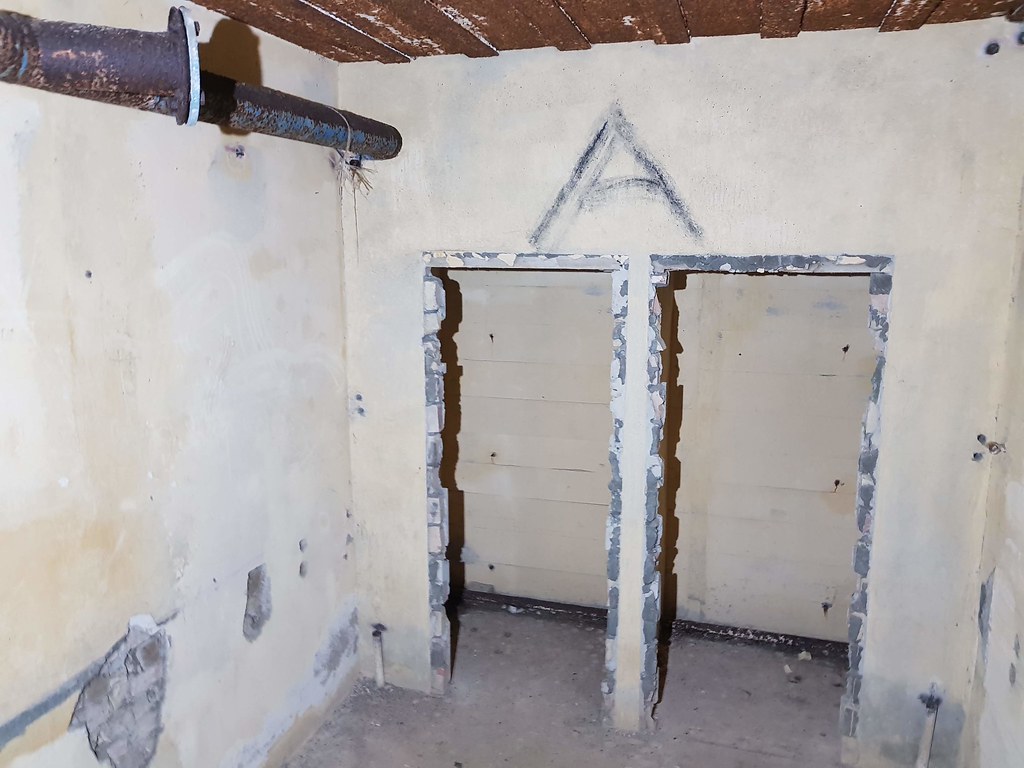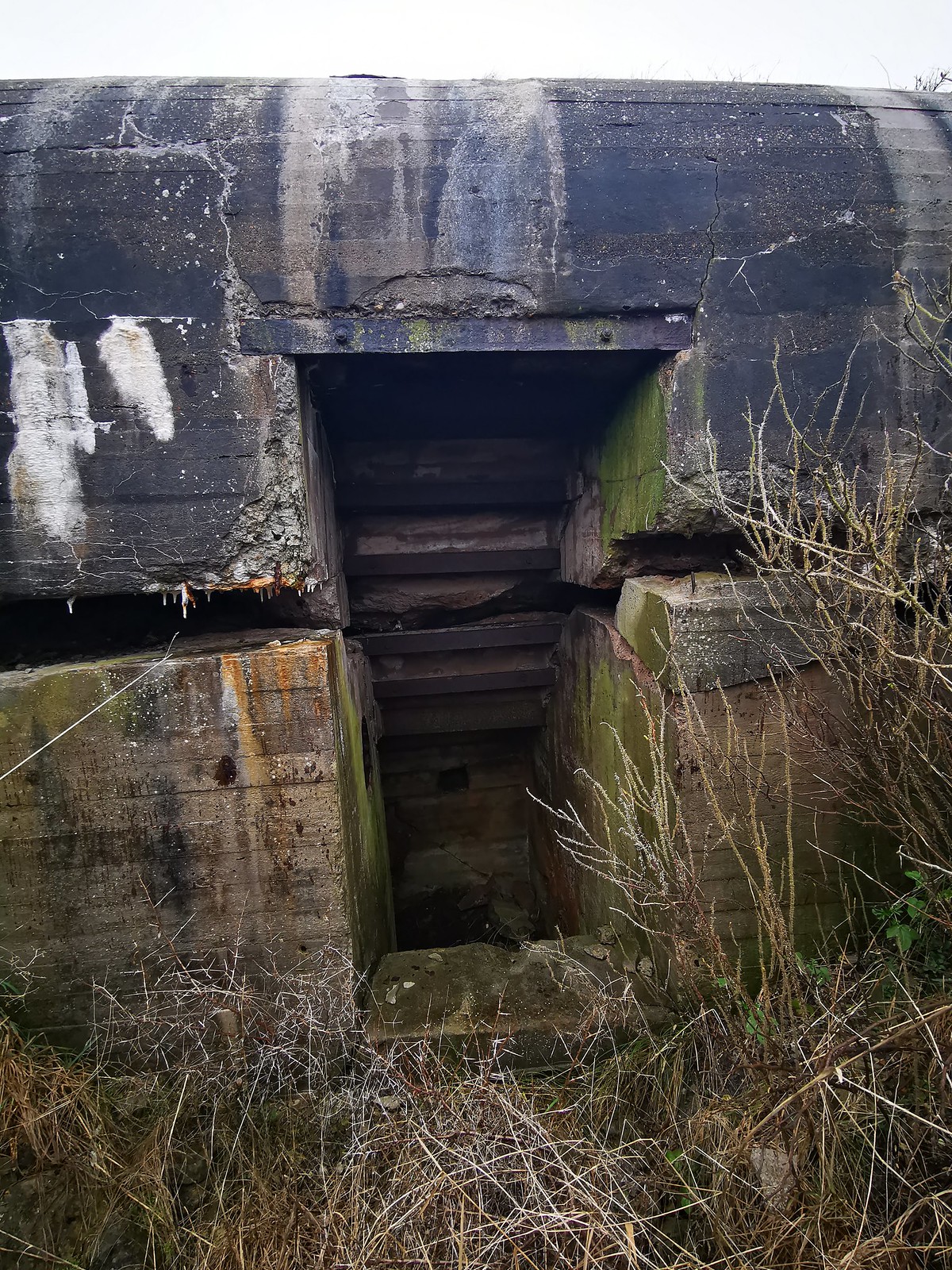exploring the atlantic wall a ww2 bunker system
To begin, the Atlantic Wall was constructed in the early 1940s, during the height of World War II. The German Army began building the wall in response to the Allied invasion of Normandy, which occurred in 1944. The wall was constructed along the western coast of Europe, stretching from the northern tip of Norway all the way to the Spanish border. The purpose of the wall was to prevent an Allied invasion, which was expected to come from the west.
The construction of the Atlantic Wall was a massive engineering feat. The wall was made up of a series of bunkers, pillboxes, and other defensive fortifications. The bunkers were constructed using reinforced concrete and were designed to withstand direct hits from enemy artillery. The pillboxes were designed to provide cover for machine gunners and other defenders, and they were strategically placed along the coast to provide overlapping fields of fire.
Despite the massive effort put into the construction of the Atlantic Wall, it proved to be largely ineffective. The wall was breached in several places during the Allied invasion of Normandy, and the German Army was unable to prevent the Allied forces from establishing a foothold in France. The Allies were eventually able to break through the wall and push the German Army back across Europe.
One of the most significant parts of the Atlantic Wall was the WW2 bunker system. These bunkers were constructed deep underground and were designed to provide shelter for soldiers and civilians in the event of an invasion. The bunker system was made up of a series of interconnected tunnels and rooms, and it was designed to withstand direct hits from bombs and other explosive devices.
The bunker system was a vital component of the Atlantic Wall, and it played a significant role in the war effort. The bunkers provided shelter for soldiers and civilians during the war, and they were also used to store ammunition and other supplies. The bunker system was an impressive feat of engineering and remains a testament to the skills and dedication of the German Army during World War II.
Today, the Atlantic Wall and the WW2 bunker system are popular tourist attractions. Visitors can explore the bunkers and pillboxes that were once used to defend Europe against invasion. Many of these bunkers have been preserved and restored, and they provide a unique glimpse into the history of the war.
In conclusion, the Atlantic Wall and the WW2 bunker system are an important part of World War II history. The wall was constructed to prevent an Allied invasion, but it proved to be largely ineffective. The WW2 bunker system was an impressive feat of engineering and played a significant role in the war effort. Today, visitors can explore the bunkers and pillboxes that make up the Atlantic Wall and gain a better understanding of the history of the war.
Transition words used: during, designed, constructed, despite, significant, interconnected, impressive, today.
Keywords used: Atlantic Wall, WW2 bunker.
 |  |  |
 |  |  |
 |  |  |
 |  |  |
 |  |  |
 |  |  |
 |  |  |
 |  |  |
 |  |  |
 |  |  |
 |  |  |
 |  |  |
 |  |  |
 |  |  |
 |  |  |
 |  |  |
 |  |  |
 |  |  |
 |  |
@seekersofdecay The surviving fortifications are a #atlantic wall♬ original sound - atlantic wall
Pinterest boards

This wall was built in 1940
-Civilians build bunkers for protection-Bunkers were constructed during the German invasion of France and the Atlantic Wall-The Atlantic Wall was a Nazi defensive wall which was built along the French coast, across the Strait of Dover, and.

The Regelbau 300mm steel pole
The Atlantic Wall was a system of fortifications built by Nazi Germany on the French coast during World War II. It was designed to protect the coast of France from invasion by land and sea. The name "Atlantic Wall" was first used by the German military in 1944, but the idea of an "Atlantic Wall" goes back to the interwar period, when the German military began to study the possibility of a war against the United States and Britain. The Atlantic Wall consisted of a network of coastal fortifications, anti-aircraft batteries, radar stations and other military installations. It was designed to protect the coast of France from invasion by land and sea.

WW2: Les Morts de la Marne ★★★☆☆
The Atlantic Wall was a series of fortifications and artillery systems that ran along the coast of Western Europe from the North Sea to the Pyrenees running from Düneburg to Cerbère.

It would also protect Germany from invasion ★★★★★
This channel is dedicated to the exploration of the abandoned bunkers of war throughout the world, to many are now buried by the sand.

In June 1944, the Allies landed at Normandy
The Atlantic Wall was the name given to Hitler's massive fortification system built along the French coast in preparation for an invasion of Britain. The Atlantic Wall consisted of thousands of concrete pillboxes, gun emplacements, tank traps and other defensive obstacles.

New Life for the Atlantikwall
THIS IS AN EXCELLENT OPPORTUNITY TO BUY AN ABOVE - REASONABLE WW2 BUNKER WITH ALL LIGHTS WORKING AND HOOK UP FOR WATER, POWER AND GAS PIPES.

Germany plans a wire
The Atlantic Wall was a system of fortified defenses built by Nazi Germany along the French coast during World War II. The wall was designed to protect the German invasion of France from an Allied invasion and was part of the larger plan to defeat the Allies on the beaches. The Atlantic Wall consisted of a series of coastal fortifications, artillery batteries, anti-aircraft batteries, tank traps, and thousands of concrete bunkers and pillboxes. It was built by the German Army in collaboration with the Waffen SS and the German Navy.

Regelbau is a type of standard-built bunker.
This abandoned WW2 bunker has been restored and is now used as a guest house. The lights work and it's completely safe to visit, please do!.

What else do you know about these bunkers?
The Atlantic Wall was a fortified line of defense along the coast of Nazi occupied Europe. Built by Germany between 1941 and 1945, it consisted of thousands of concrete bunkers, fortifications, anti aircraft guns and other weapons designed to protect territory under German control from an Allied invasion. The Atlantic Wall was one of the most extensive systems ever built in wartime Europe. It included over 20, 000 km 12, 400 mi of coastal defenses, stretching from Norway in the north to Spain in the south. In all, some 1, 000 individual sites were constructed across occupied France, Belgium, Netherlands and Luxembourg as well as small sections in Italy and Greece. Some 5, The Atlantic Wall was not just a military structure but also a social network with its own culture and customs. Many towns had their own Atlantic Wall Club which organized activities such as poker games, dinner parties and even concerts. The Atlantic Wall was divided into three areas: the Northern Area including Denmark , the Central Area including Belgium, Holland and Luxemburg and the Southern Area including France, Italy and Spain . Each area was further.

Check out this video of the Atlantikwall
This museum tells the story of the Atlantic Wall and the impact it had on Dutch society during the war. The Atlantic Wall was Nazi Germany's attempt to defend the coast from Allied attack, with over 300 forts, bunkers and other structures being built along the Dutch coastline.

Holts used the bunkers for years for storage
The abandoned bunkers are all that is left of the past. Of what we once were and so much more. The shells of buildings still stand tall but they're empty now. Abandoned by all who once called them home. No one comes here anymore but I do. Because this is my history. This is my story. And I'm not afraid to tell it. .

Learn about WWII and the Nazis
Haunting pictures of the decaying WWII 'pillbox' bunkers that remind Europe of its dark past. These pictures show the state of these bunkers today. . What can you learn from them?.
Archives:
- german coastal defence in norway during wwii
- what was the atlanticwall and when was it built 2
- what was the atlanticwall and when was it built
- the atlanticwall protected atlantic 23
- theregelbauisatypeofbunker blogspot com
- the atlantic wall was over 600 miles
- thebunkerthatneverwas blogspot com
- Profile | Pinterest
- the atlanticwall protected atlantic
- explorethebunker blogspot com
- what was the atlanticwall and when was it built
- watch history channel atlanticwall
- dvd german coastal defence in norway
- preparefortheworstandbuyabunkernow blogspot com
- world war ii atlantic wall timeline germany
- 10 fascinating facts about atlantic wall
- the atlanticwall protected the atlantic westwall 2
- watch the history channel atlanticwall
- the atlanticwall protected the atlantic westwall 2
- watch the history channel atlanticwall 2
- nazigermanybuilttheatlanticwall blogspot com
- the atlanticwall protected atlantic
- a world without the atlantic wall
- the nazis built the atlantic wall
- the atlanticwall protected atlantic 23
- learn
- storms exposed wwii anti
- animalsstillinthebunker blogspot com
- protectingthefuture with the atlanticwallatlas
- military training site bunker
- the atlanticwall protected atlantic
- the atlanticwall protected the atlantic westwall
- the atlantic wall proved futile
- the atlanticwall protected the atlantic westwall
- Boards | Pinterest
- the coastal defences of wwi
- all about atlantic wall in denmark
- protectingthefuture with the atlanticwallatlas 2













































































Comments
Post a Comment